Home>Technology>Smart Home Devices>What Is The Wi-Fi Router
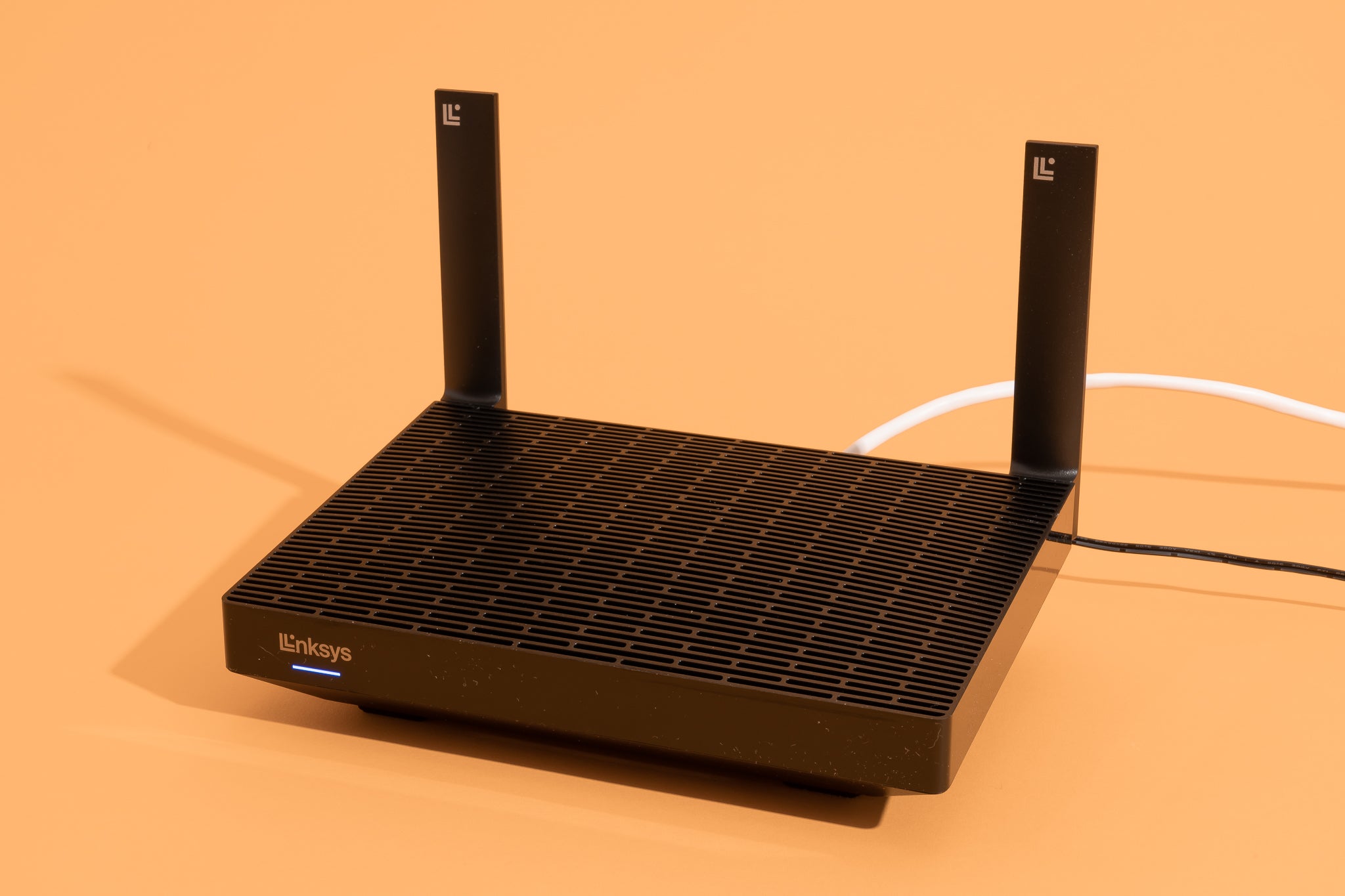

Smart Home Devices
What Is The Wi-Fi Router
Modified: January 9, 2024
Learn about the benefits of Wi-Fi routers for smart home devices and how they enhance connectivity and convenience. Find out which features to consider when choosing the right router for your smart home setup.
(Many of the links in this article redirect to a specific reviewed product. Your purchase of these products through affiliate links helps to generate commission for Storables.com, at no extra cost. Learn more)
Introduction
Welcome to the world of smart home devices, where the seamless integration of technology enhances our daily lives. At the heart of this interconnected web lies the Wi-Fi router, a pivotal device that facilitates the connectivity of various smart gadgets, enabling us to harness the power of the digital age.
In this article, we will embark on a journey to unravel the mysteries of the Wi-Fi router, exploring its inner workings, components, types, setup process, and troubleshooting methods. Whether you are a tech enthusiast, a homeowner venturing into the realm of smart devices, or simply curious about the technology that powers your internet connection, this comprehensive guide will equip you with the knowledge to navigate the world of Wi-Fi routers with confidence.
So, let's dive in and demystify the Wi-Fi router, uncovering its significance in the realm of smart home devices and beyond.
Key Takeaways:
- The Wi-Fi router is like a digital traffic controller that helps all our smart devices connect to the internet and talk to each other using radio waves, making our homes smarter and more connected.
- Setting up and troubleshooting a Wi-Fi router is important for creating a strong and reliable wireless network at home, ensuring that all our devices can stay connected and work smoothly.
Read more: What Is A Portable Wi-Fi Router
What Is a Wi-Fi Router?
A Wi-Fi router is a fundamental device that serves as the central hub for wireless communication within a home or office network. It acts as a bridge between various devices, such as smartphones, laptops, smart home appliances, and other wireless-enabled gadgets, and the internet. Essentially, the Wi-Fi router enables these devices to connect to the internet and communicate with one another, forming a cohesive network that empowers modern connectivity.
Think of the Wi-Fi router as a digital traffic controller, directing data packets to and from different devices while ensuring a smooth flow of information. It accomplishes this by utilizing wireless radio signals to transmit data between devices and the internet, eliminating the need for cumbersome wired connections and offering unparalleled convenience and flexibility.
Moreover, the Wi-Fi router plays a pivotal role in enabling the Internet of Things (IoT) ecosystem, where a myriad of smart devices seamlessly interact to create a connected environment. From smart thermostats and security cameras to voice-activated assistants and streaming devices, the Wi-Fi router forms the backbone of these interconnected systems, fostering a cohesive and efficient network of smart devices.
In essence, the Wi-Fi router is the cornerstone of modern connectivity, empowering homes and businesses to harness the power of the internet and smart technology. Its significance extends far beyond mere wireless internet access, as it forms the bedrock of the digital infrastructure that fuels our interconnected world.
How Does a Wi-Fi Router Work?
Understanding the inner workings of a Wi-Fi router unveils the intricate mechanisms that enable seamless wireless connectivity. At its core, a Wi-Fi router operates on the principles of radio wave transmission, utilizing specific frequencies to transmit data between devices and the internet.
When a device, such as a smartphone or laptop, seeks to connect to the internet via Wi-Fi, it sends a request to the router. The router then processes this request and transmits data packets wirelessly using radio waves. These radio waves, operating within the 2.4 GHz and 5 GHz frequency bands, carry the data to and from the connected devices, establishing a wireless network within the router’s coverage area.
One of the key technologies employed by Wi-Fi routers is the IEEE 802.11 standard, which governs the wireless transmission of data. This standard encompasses various protocols, such as 802.11n, 802.11ac, and the latest 802.11ax (Wi-Fi 6), each offering improved data transfer speeds, range, and network efficiency.
Furthermore, the Wi-Fi router operates using multiple antennas, a feature known as Multiple-Input Multiple-Output (MIMO), which enhances the efficiency and reliability of wireless communication. MIMO technology enables the router to transmit and receive data through multiple antennas, mitigating signal interference and bolstering the overall performance of the wireless network.
Additionally, the router utilizes Network Address Translation (NAT) to manage the flow of data between the local network and the internet. NAT assigns unique IP addresses to each device within the local network, allowing them to communicate with external servers and services while maintaining a secure and private internal network.
By orchestrating these technologies and protocols, the Wi-Fi router seamlessly facilitates wireless communication, enabling devices to access the internet, share data, and interact with one another within the confines of a secure and efficient wireless network.
In essence, the Wi-Fi router operates as a sophisticated conductor of digital communication, harnessing the power of radio waves and advanced networking protocols to create a seamless and robust wireless ecosystem.
Components of a Wi-Fi Router
A Wi-Fi router comprises several essential components that collectively enable it to function as a central hub for wireless communication and internet connectivity. Understanding these components sheds light on the intricate architecture of the router and its pivotal role in facilitating seamless wireless networking.
- Processor: At the heart of a Wi-Fi router lies a central processing unit (CPU) responsible for executing various tasks, such as data routing, network management, and wireless signal processing. The processor’s speed and efficiency directly impact the overall performance of the router.
- Memory: The router incorporates both volatile memory (RAM) and non-volatile memory (ROM) to store and process data. RAM facilitates the swift execution of network operations, while ROM contains the router’s firmware and essential system software.
- Wireless Radio: The wireless radio transceiver, operating within the 2.4 GHz and 5 GHz frequency bands, forms the core of the router’s wireless communication capabilities. It facilitates the transmission and reception of data between the router and connected devices via radio waves.
- Antennas: Wi-Fi routers feature multiple antennas, typically arranged in an internal or external configuration, to enhance wireless signal coverage and reception. These antennas play a crucial role in optimizing the router’s wireless range and performance.
- Ethernet Ports: Routers are equipped with Ethernet ports to establish wired connections with devices that do not support Wi-Fi or require a more stable and high-speed network connection. These ports enable the integration of wired devices into the router’s network.
- Network Switch: The router incorporates a network switch to manage the flow of data within the local network, enabling devices to communicate with one another and share resources. The switch facilitates efficient data transfer within the network.
- Firewall: A built-in firewall provides essential security measures by monitoring and controlling incoming and outgoing network traffic. It safeguards the network from unauthorized access and potential security threats.
- USB Ports: Some advanced routers feature USB ports, allowing users to connect external storage devices, printers, or other peripherals to the network. This facilitates file sharing, network printing, and media streaming within the local network.
By harmonizing these components, a Wi-Fi router orchestrates a sophisticated network environment, enabling seamless wireless connectivity, efficient data transmission, and secure networking capabilities. Each component plays a pivotal role in shaping the router’s functionality and its ability to serve as a robust platform for modern digital communication.
A Wi-Fi router is a device that allows multiple devices to connect to the internet wirelessly. It creates a local network and manages the traffic between the devices and the internet.
Types of Wi-Fi Routers
Wi-Fi routers come in various configurations and specifications, catering to diverse networking needs and technological requirements. Understanding the different types of Wi-Fi routers empowers users to select a device that aligns with their specific usage scenarios and network demands.
- Single-Band Routers: These routers operate on the 2.4 GHz frequency band and are suitable for basic internet browsing and light data usage. While they offer broad coverage, their data transfer speeds are relatively modest compared to dual-band and tri-band routers.
- Dual-Band Routers: Dual-band routers support both 2.4 GHz and 5 GHz frequency bands, providing increased flexibility and improved performance. The 5 GHz band offers faster data transfer speeds and is ideal for bandwidth-intensive activities such as online gaming and high-definition video streaming.
- Tri-Band Routers: Tri-band routers feature an additional 5 GHz band, catering to networks with numerous connected devices and high data traffic. They excel in scenarios where multiple devices simultaneously require high-speed internet access, ensuring optimal network performance and reduced congestion.
- Mesh Routers: Mesh routers utilize a multi-node system to create a seamless and expansive wireless network, ideal for large homes or offices with challenging layouts. They offer superior coverage and eliminate dead zones by establishing a unified mesh network that ensures consistent connectivity throughout the premises.
- Gaming Routers: Designed to prioritize network traffic and minimize latency, gaming routers are tailored for avid gamers seeking a competitive edge. They employ advanced Quality of Service (QoS) features and optimization tools to deliver a responsive and stable gaming experience.
- Travel Routers: Compact and portable, travel routers are designed for on-the-go connectivity, enabling users to create a personal Wi-Fi hotspot while traveling. They are equipped with versatile connectivity options and are adept at providing internet access in diverse environments.
- Smart Routers: Smart routers integrate advanced features such as voice control, AI-powered network optimization, and robust security protocols. They cater to users seeking a seamlessly integrated and intelligent networking solution that adapts to their evolving connectivity needs.
Each type of Wi-Fi router offers distinct advantages and is tailored to specific usage scenarios, ensuring that users can select a device that aligns with their networking requirements and technological preferences.
Read more: What Is A Mesh Wi-Fi Router
Setting Up a Wi-Fi Router
Setting up a Wi-Fi router involves a series of straightforward yet crucial steps that culminate in the establishment of a secure and efficient wireless network. Whether you are configuring a new router or replacing an existing one, the setup process is essential for ensuring seamless connectivity and optimal performance.
- Unboxing and Inspection: Upon acquiring a new router, carefully unbox the device and inspect its contents, ensuring that all essential components, including the router, power adapter, Ethernet cable, and documentation, are present.
- Placement: Select an optimal location for the router, ideally in a central area within the premises to ensure uniform wireless coverage. Avoid placing the router near obstructions or electronic devices that may interfere with its signal.
- Power and Connectivity: Connect the router to a power source using the provided adapter, and if necessary, attach the external antennas. Establish a wired connection between the router and a computer using an Ethernet cable for initial setup and configuration.
- Accessing the Router: Open a web browser on the connected computer and enter the router’s default IP address in the address bar. This grants access to the router’s web-based setup interface, where initial configuration and network settings can be adjusted.
- Initial Configuration: Follow the on-screen instructions to configure the router’s network name (SSID) and password, enabling wireless security protocols such as WPA2 or WPA3 to safeguard the network from unauthorized access.
- Network Customization: Customize advanced settings such as port forwarding, Quality of Service (QoS), and guest network options based on your specific networking requirements. These settings enhance network functionality and cater to diverse usage scenarios.
- Firmware Update: Check for and install the latest firmware update for the router to ensure optimal performance, security enhancements, and compatibility with the latest networking standards and protocols.
- Device Connectivity: Once the router is configured, connect wireless devices to the network using the provided SSID and password. Ensure that devices are within the router’s coverage area to establish reliable wireless connections.
- Network Testing: Verify the functionality of the wireless network by testing internet connectivity, file sharing between devices, and the stability of the wireless connection throughout the premises.
By meticulously following these steps, users can successfully set up a Wi-Fi router, creating a robust and secure wireless network that caters to their connectivity needs while ensuring seamless communication and data transfer.
Troubleshooting Wi-Fi Router Issues
Encountering connectivity issues or performance hiccups with a Wi-Fi router can be a frustrating experience. However, armed with the knowledge of common troubleshooting techniques, users can swiftly address and resolve these issues, restoring the router’s functionality and ensuring uninterrupted wireless connectivity.
- Power Cycle: In the event of network instability or connectivity issues, power cycling the router can often resolve transient problems. Simply power off the router, wait for a few minutes, and then power it back on to initiate a fresh network connection.
- Signal Interference: Identify potential sources of signal interference, such as neighboring wireless networks, electronic appliances, or physical obstructions. Relocating the router or adjusting its antennas can mitigate interference and enhance signal strength.
- Firmware Update: Ensure that the router’s firmware is up to date, as outdated firmware can lead to performance issues and security vulnerabilities. Check the manufacturer’s website for the latest firmware version and follow the instructions to update the router’s firmware.
- Network Congestion: In scenarios where multiple devices are vying for network bandwidth, enabling Quality of Service (QoS) settings on the router can prioritize certain types of traffic, ensuring a smooth and responsive network experience for critical applications.
- Wireless Range: If certain areas within the premises experience weak or no wireless coverage, consider deploying wireless range extenders or mesh Wi-Fi systems to enhance the coverage area and eliminate dead zones.
- Security Concerns: Verify that the router’s security settings, including the Wi-Fi password and encryption protocols, are configured correctly to prevent unauthorized access and safeguard the network from potential security threats.
- Device Compatibility: Ensure that connected devices are compatible with the router’s wireless standards and frequency bands. Older devices may struggle to connect to modern routers using the latest Wi-Fi standards, necessitating potential firmware updates or hardware upgrades.
- Professional Assistance: In complex scenarios where persistent issues arise, seeking assistance from the router’s manufacturer or a qualified network technician can provide tailored solutions and in-depth troubleshooting to address intricate networking challenges.
By employing these troubleshooting strategies, users can effectively diagnose and resolve Wi-Fi router issues, fostering a stable and reliable wireless network that caters to their connectivity needs while ensuring seamless communication and data transfer.
Conclusion
The Wi-Fi router stands as a cornerstone of modern connectivity, weaving a seamless web of wireless communication that empowers homes, businesses, and individuals to harness the power of the digital age. Its significance transcends mere internet access, extending to the facilitation of smart home devices, IoT ecosystems, and interconnected digital experiences.
By delving into the intricacies of Wi-Fi routers, we have unveiled the underlying technologies, components, and setup processes that underpin their functionality. From the orchestration of radio waves and advanced networking protocols to the integration of multiple antennas and security measures, the Wi-Fi router embodies a sophisticated convergence of technology that shapes our digital interactions.
Understanding the diverse types of Wi-Fi routers, from single-band and dual-band configurations to mesh and gaming routers, empowers users to select devices that align with their specific networking requirements and technological preferences. Moreover, the ability to troubleshoot common router issues equips users with the tools to swiftly address connectivity hiccups and ensure uninterrupted wireless communication.
As we navigate the ever-evolving landscape of smart home devices and interconnected technologies, the Wi-Fi router remains a steadfast ally, anchoring our digital experiences and fostering a cohesive network of connectivity. Its role in shaping the future of smart homes, intelligent devices, and seamless communication is undeniable, cementing its status as an indispensable component of the modern technological ecosystem.
In conclusion, the Wi-Fi router embodies the convergence of innovation, connectivity, and digital empowerment, serving as a beacon of seamless wireless communication in an interconnected world.
Frequently Asked Questions about What Is The Wi-Fi Router
Was this page helpful?
At Storables.com, we guarantee accurate and reliable information. Our content, validated by Expert Board Contributors, is crafted following stringent Editorial Policies. We're committed to providing you with well-researched, expert-backed insights for all your informational needs.
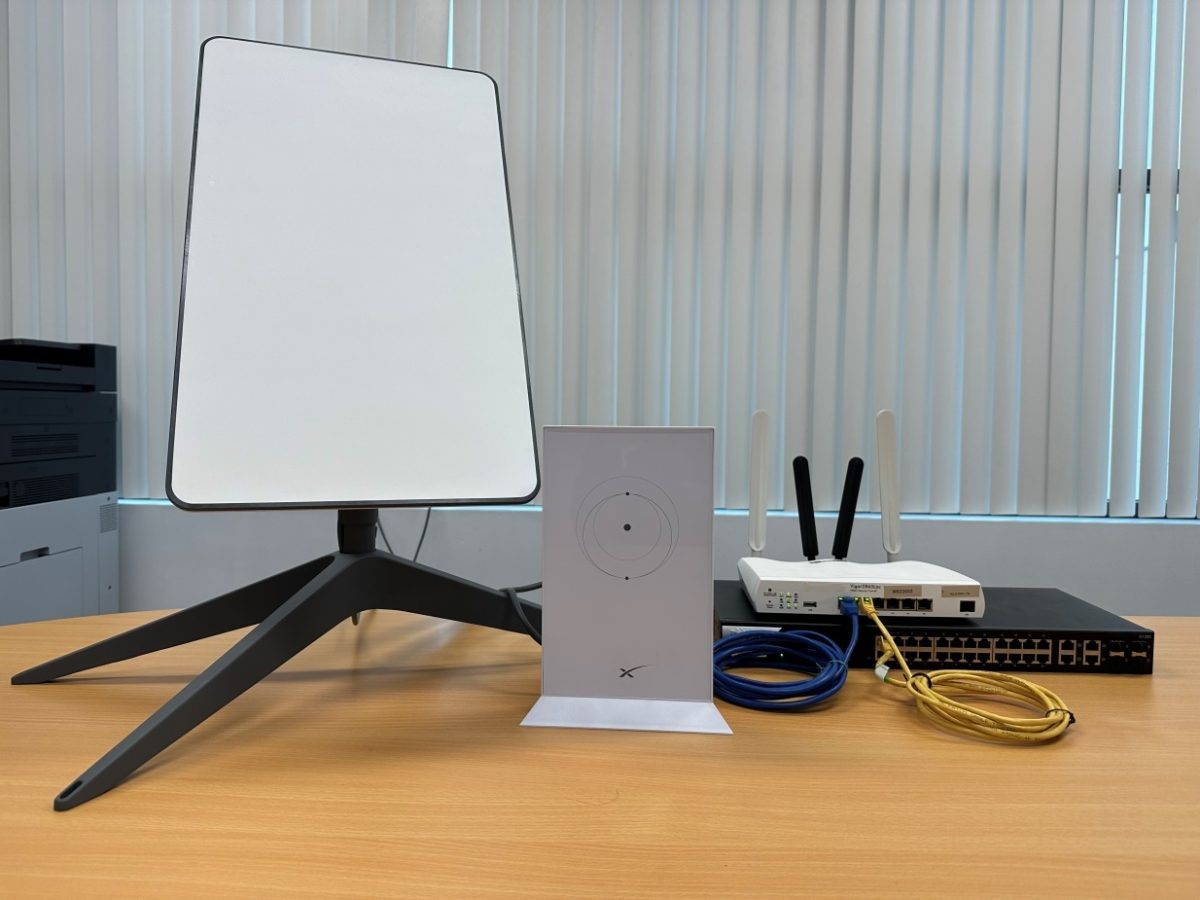
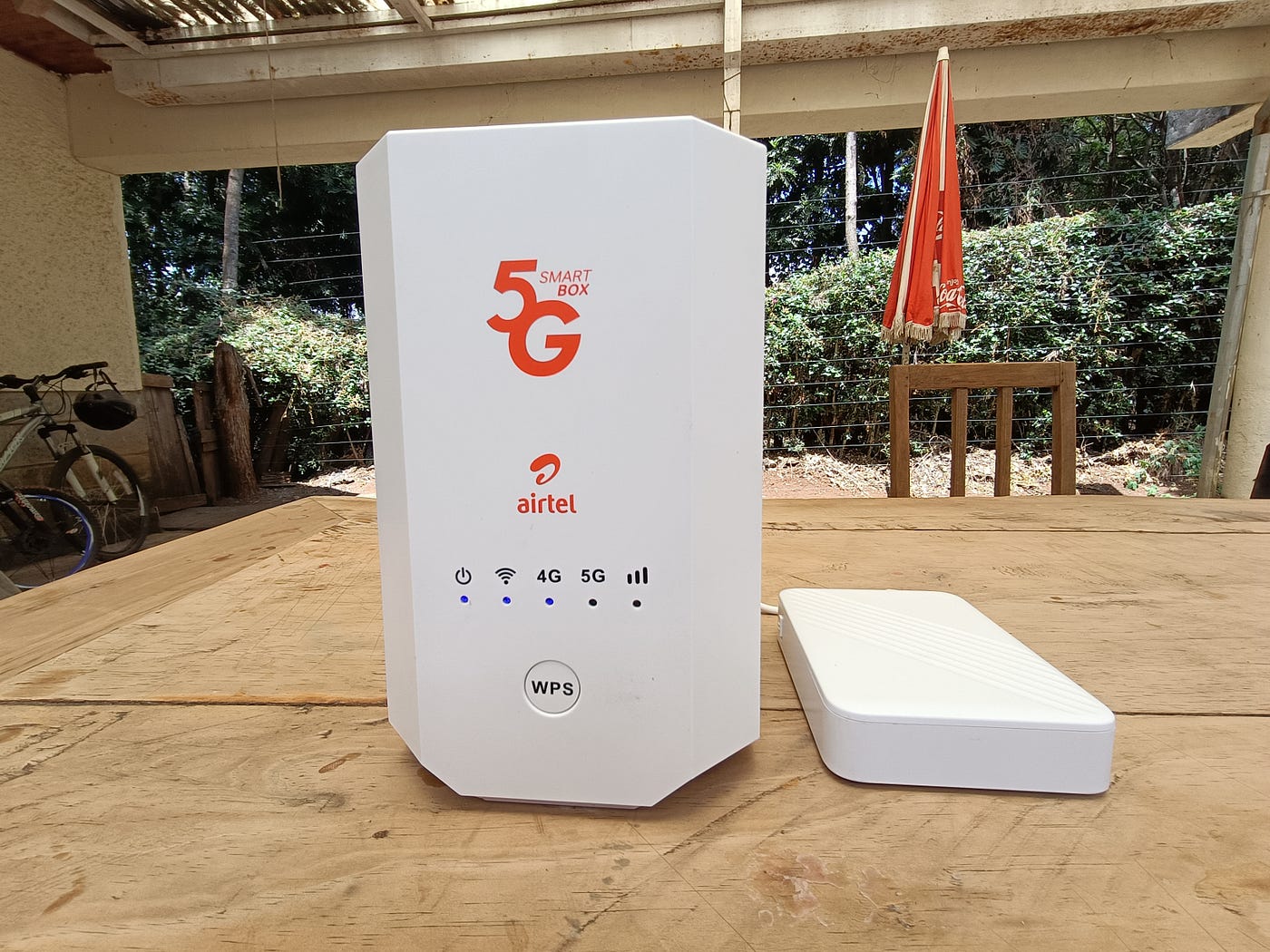
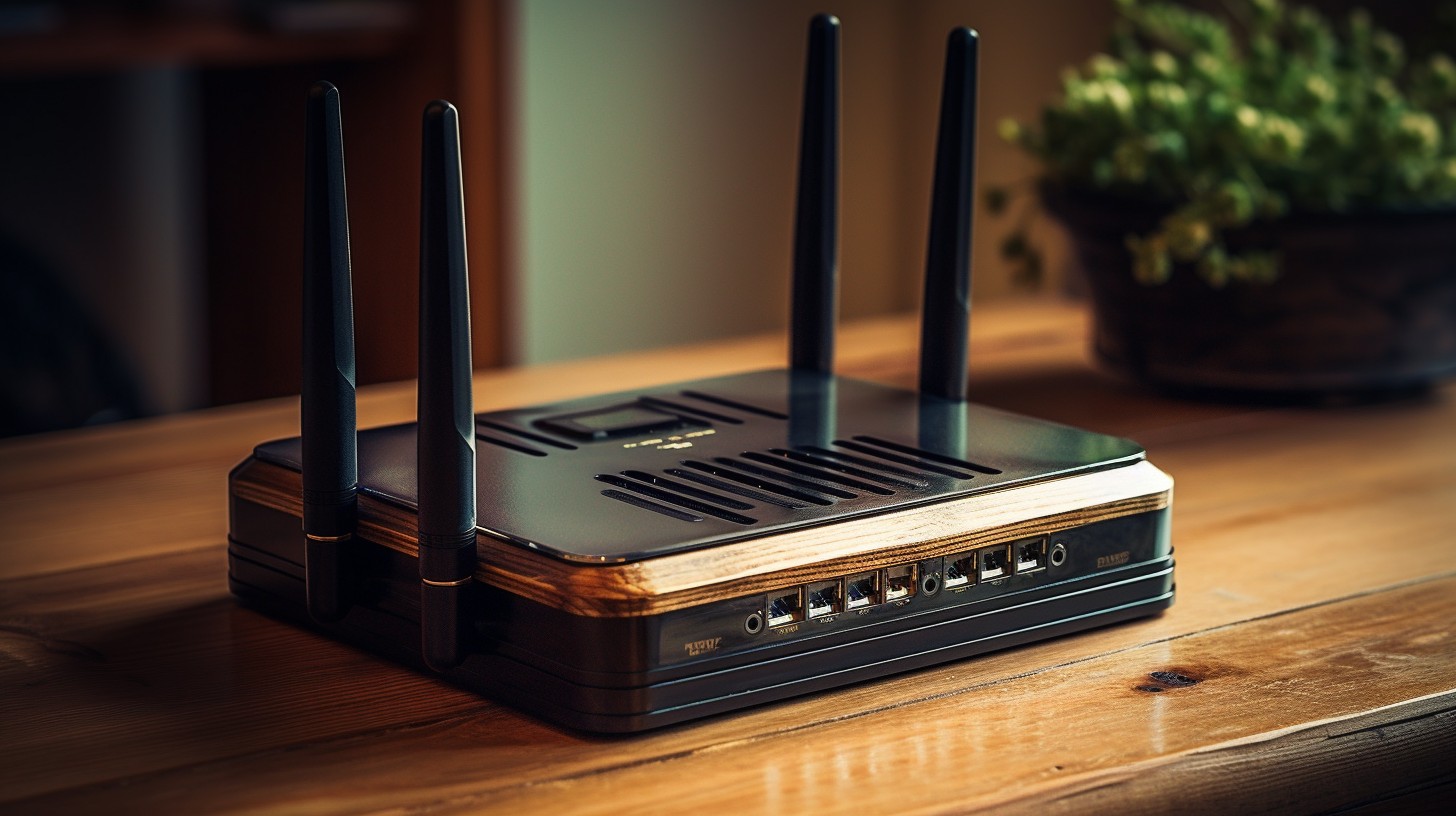
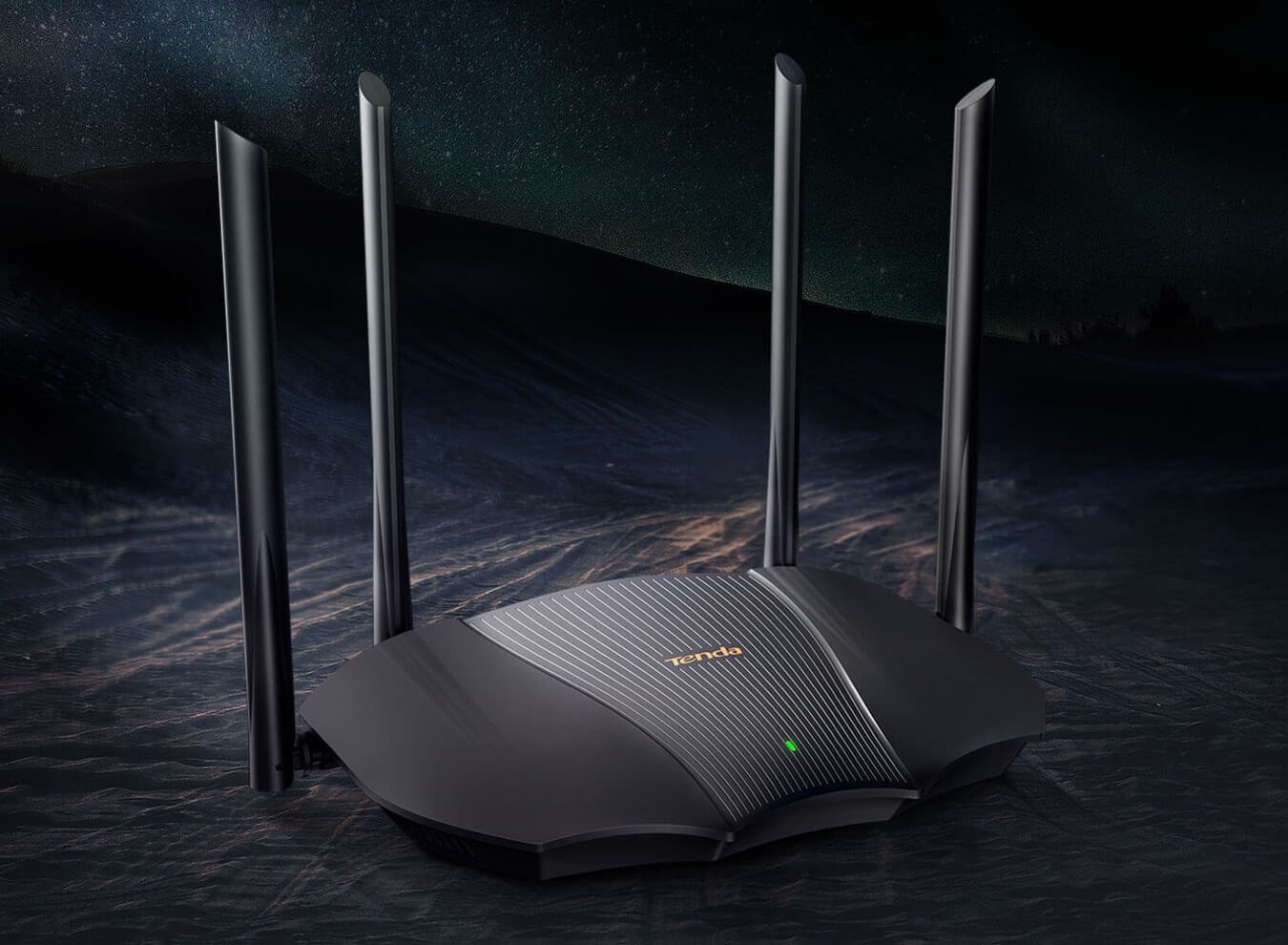
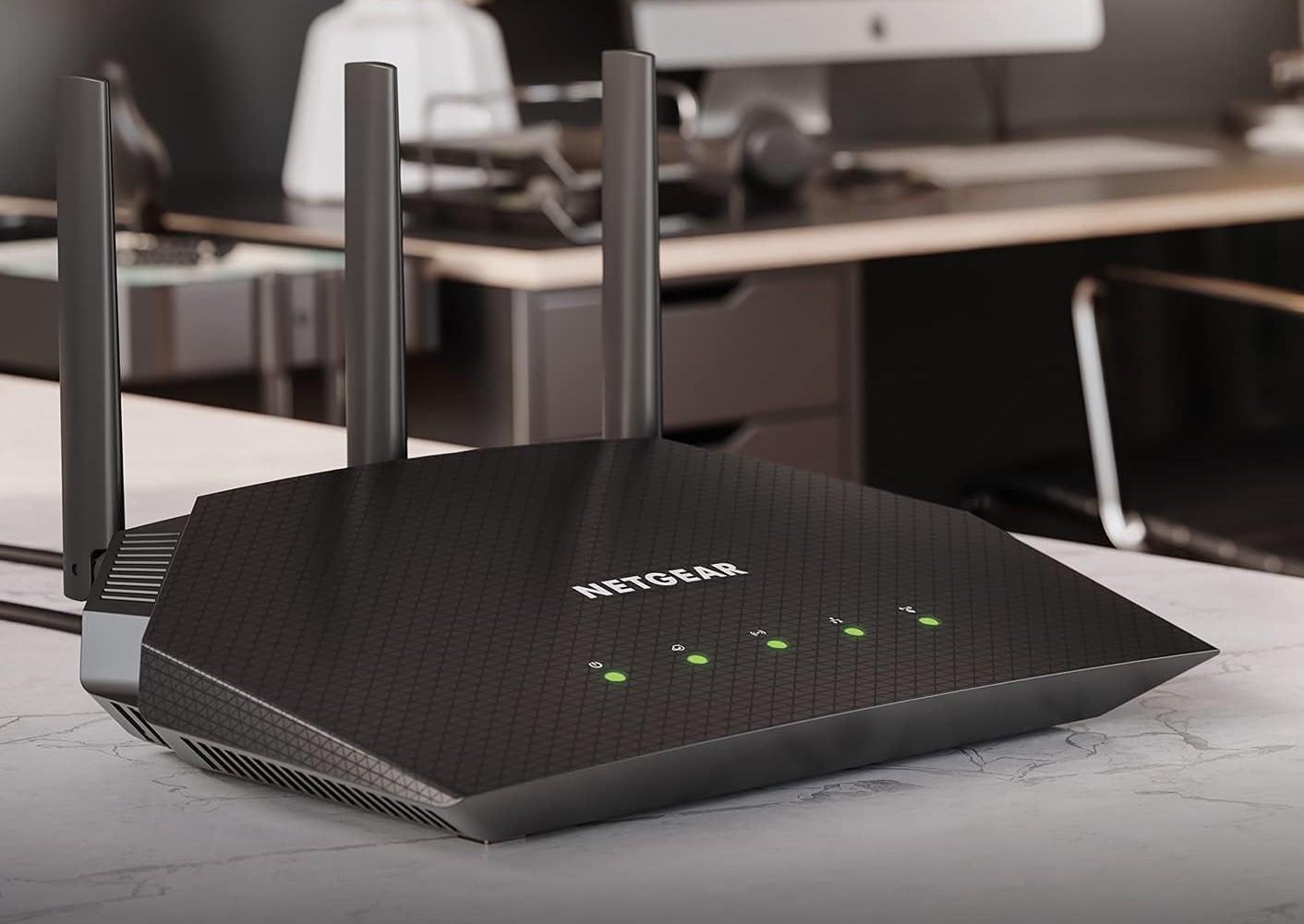
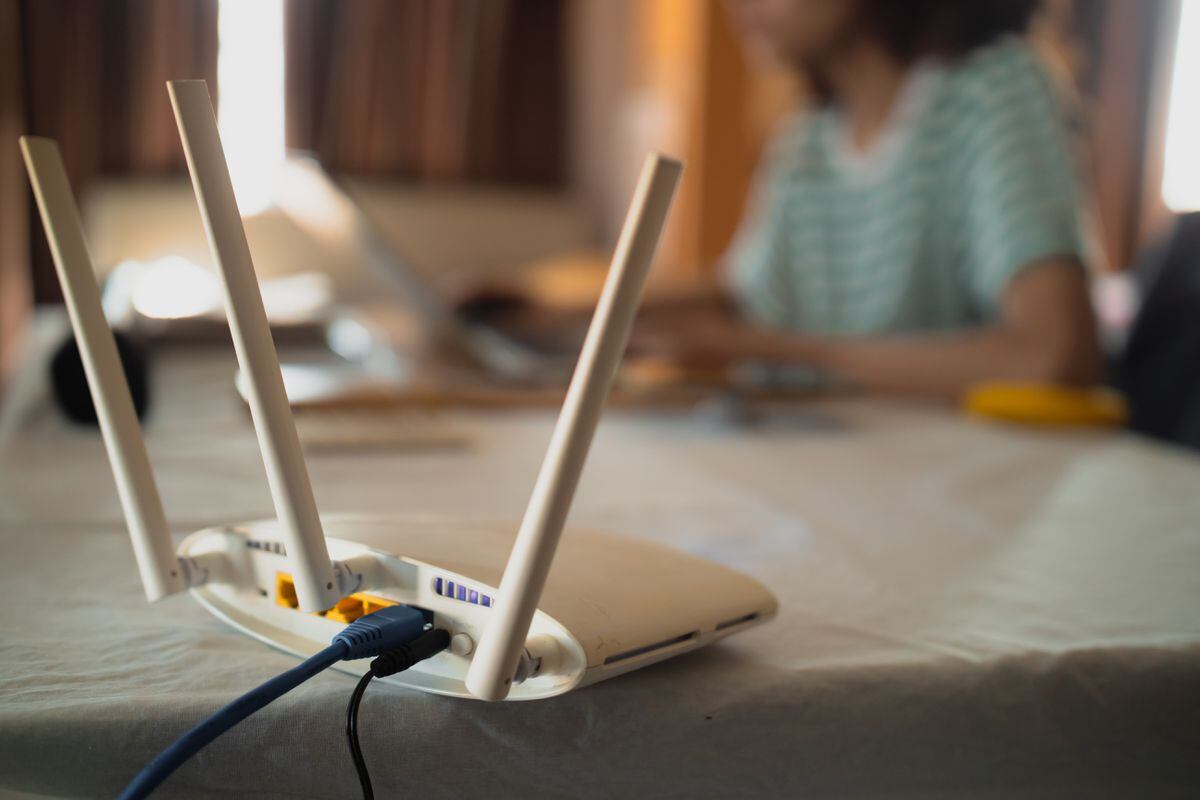
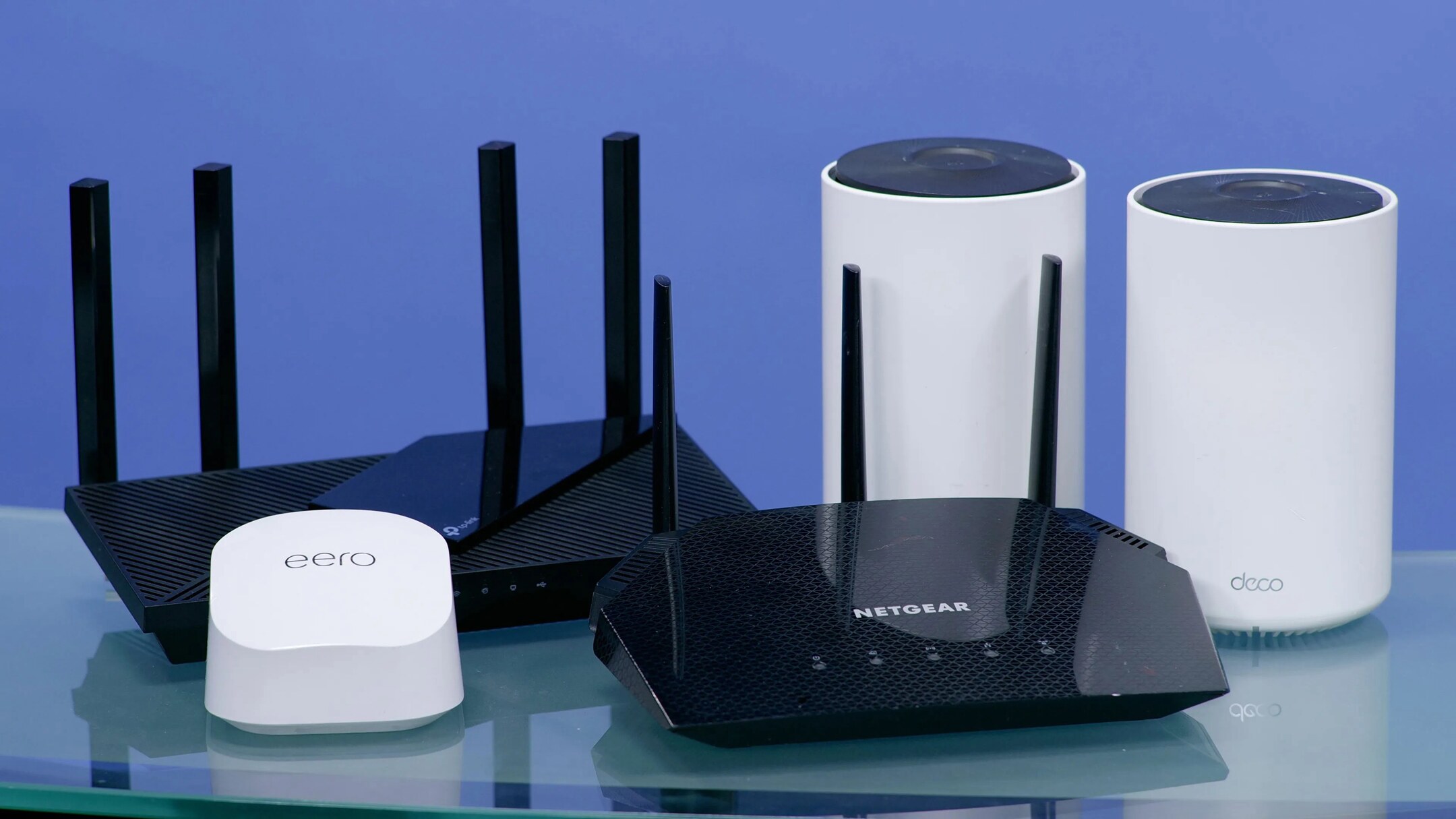
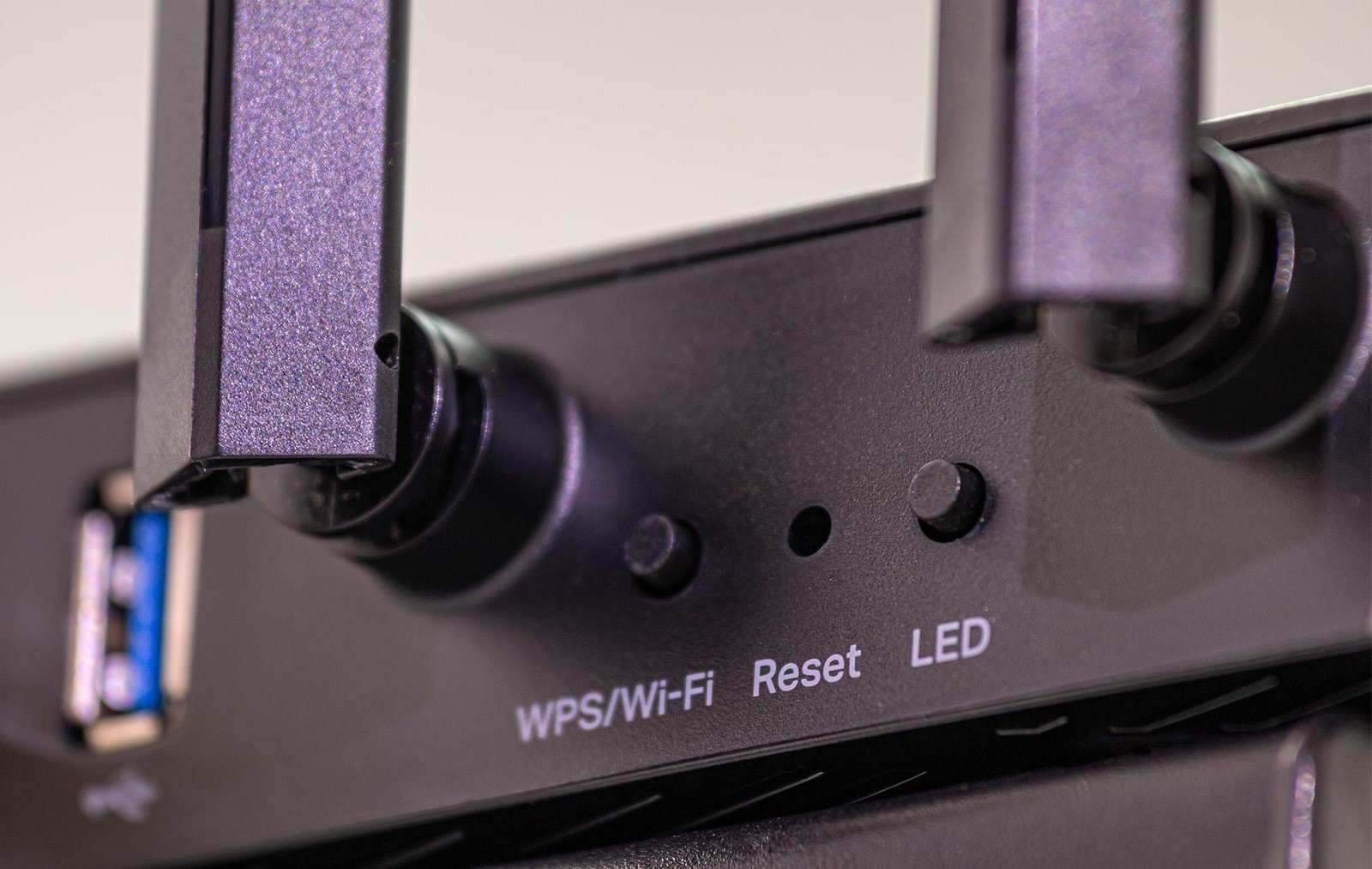
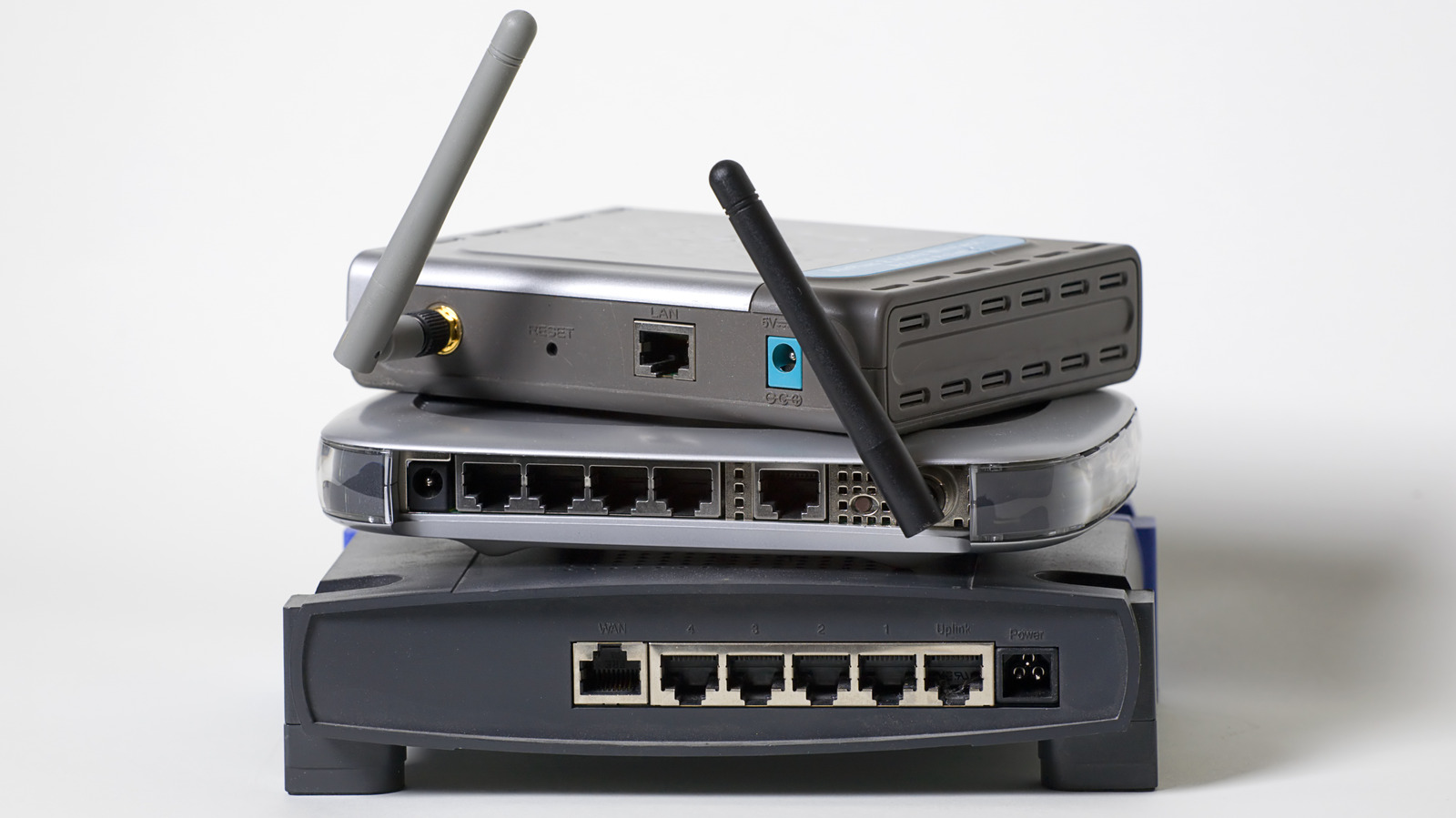
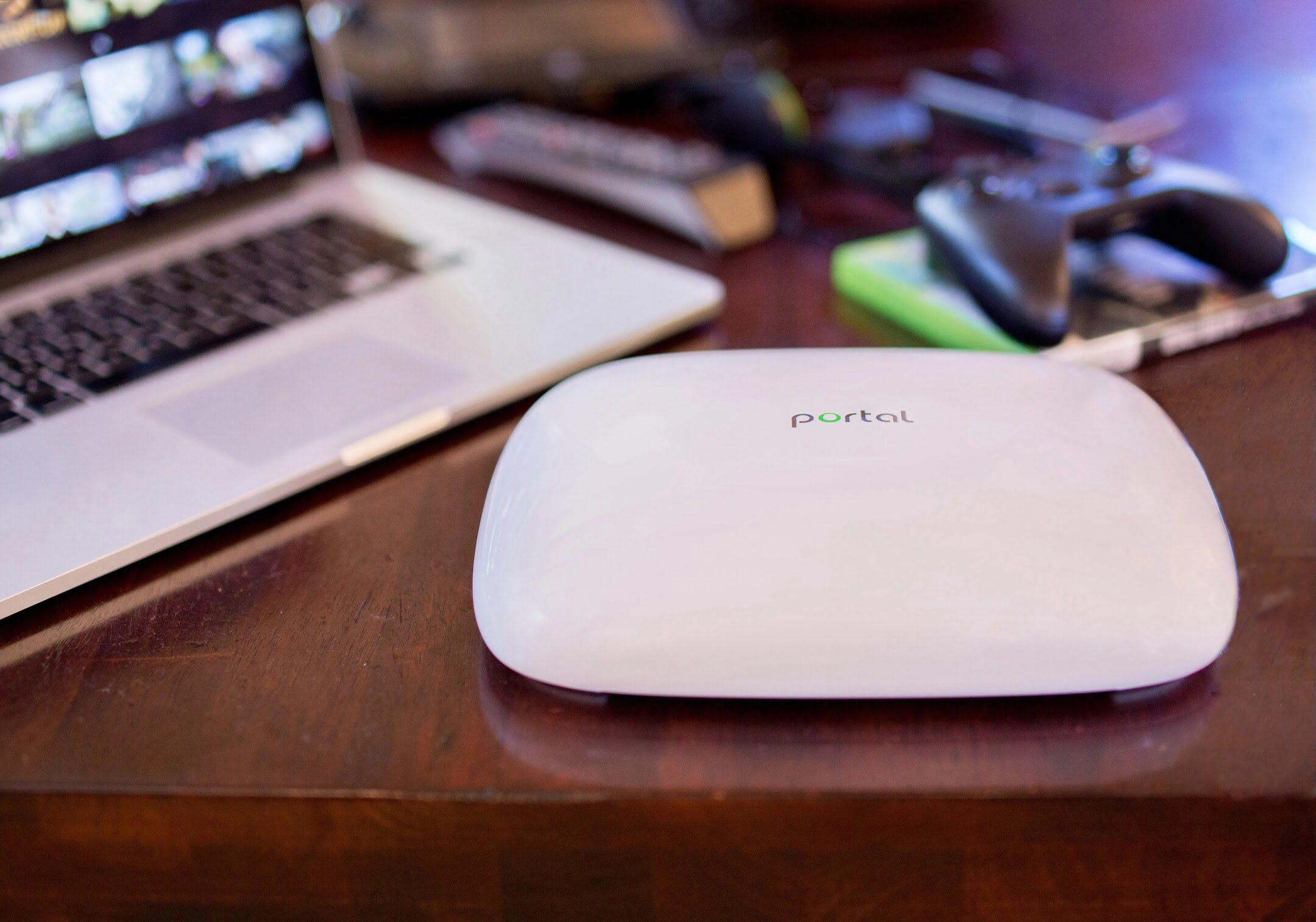
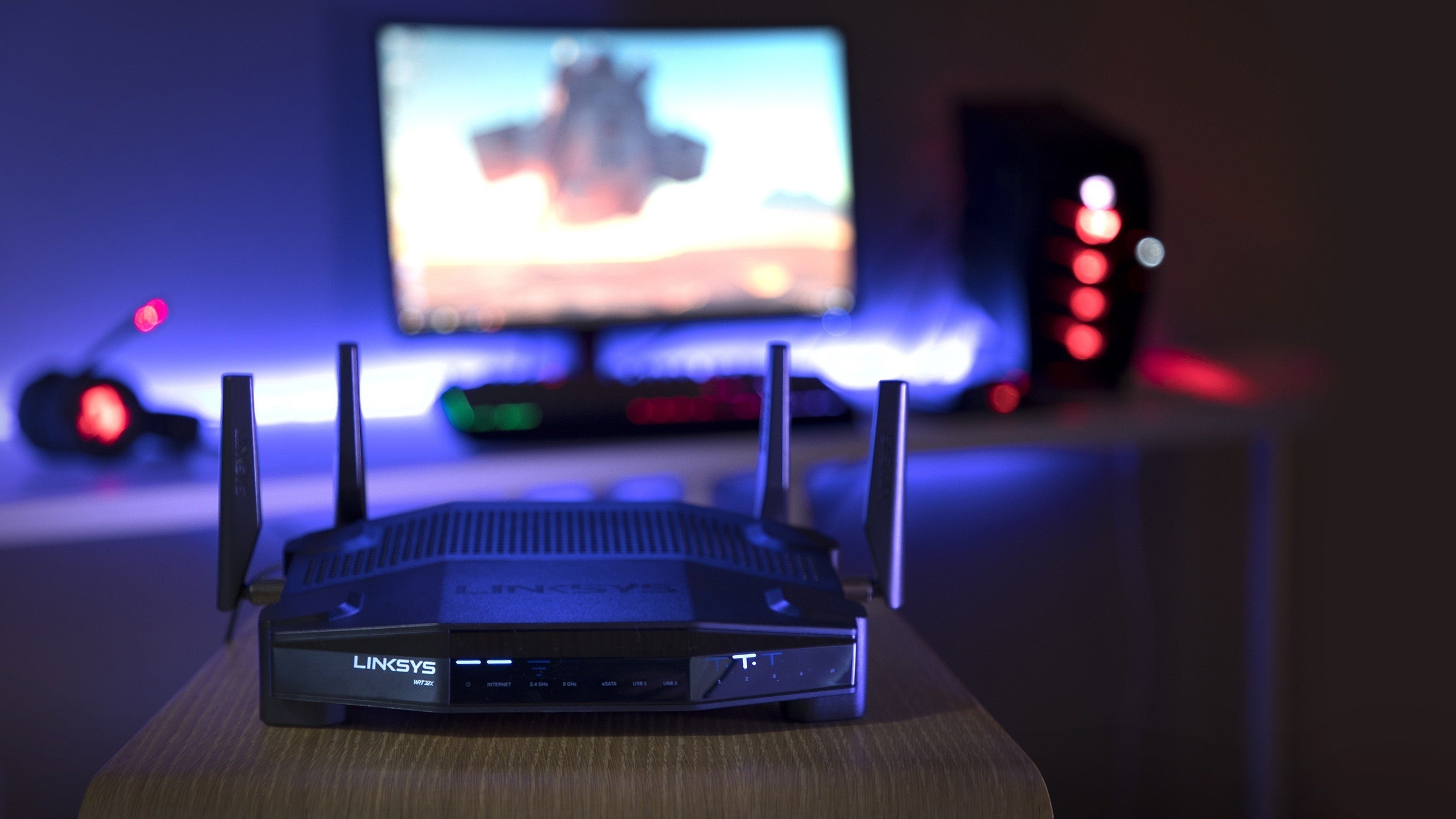
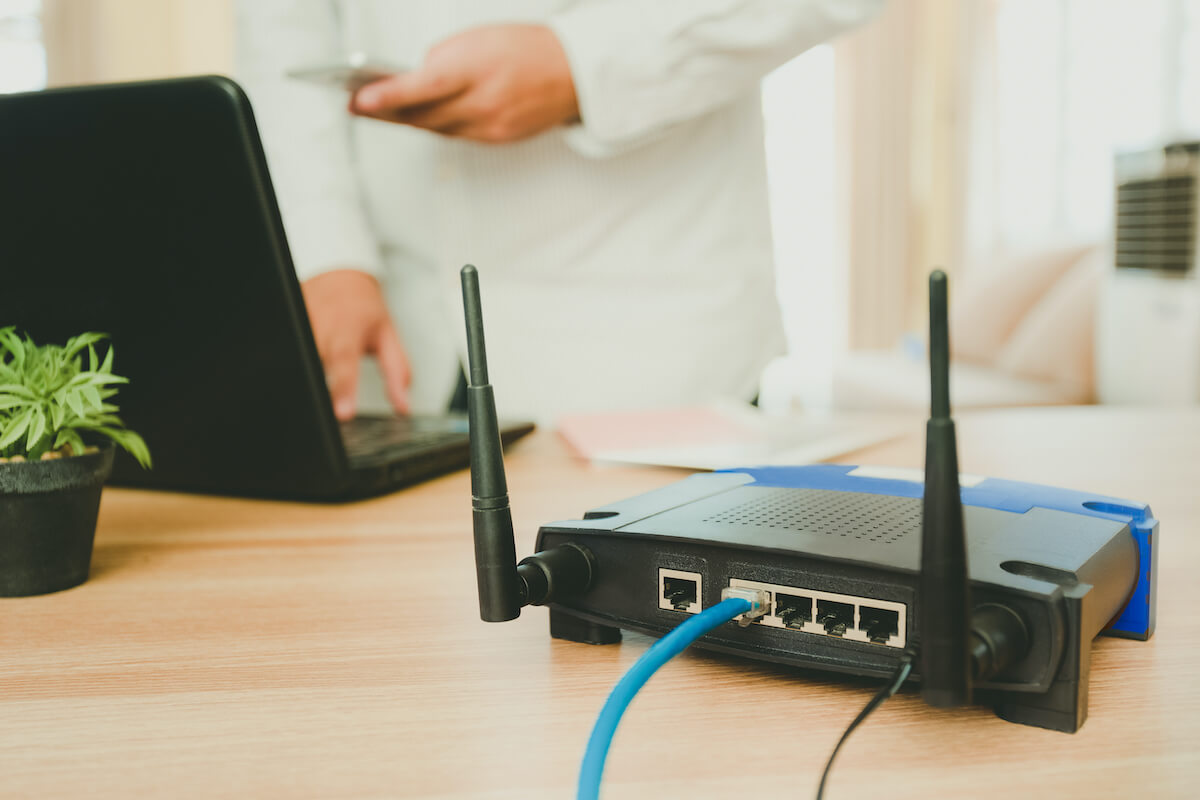
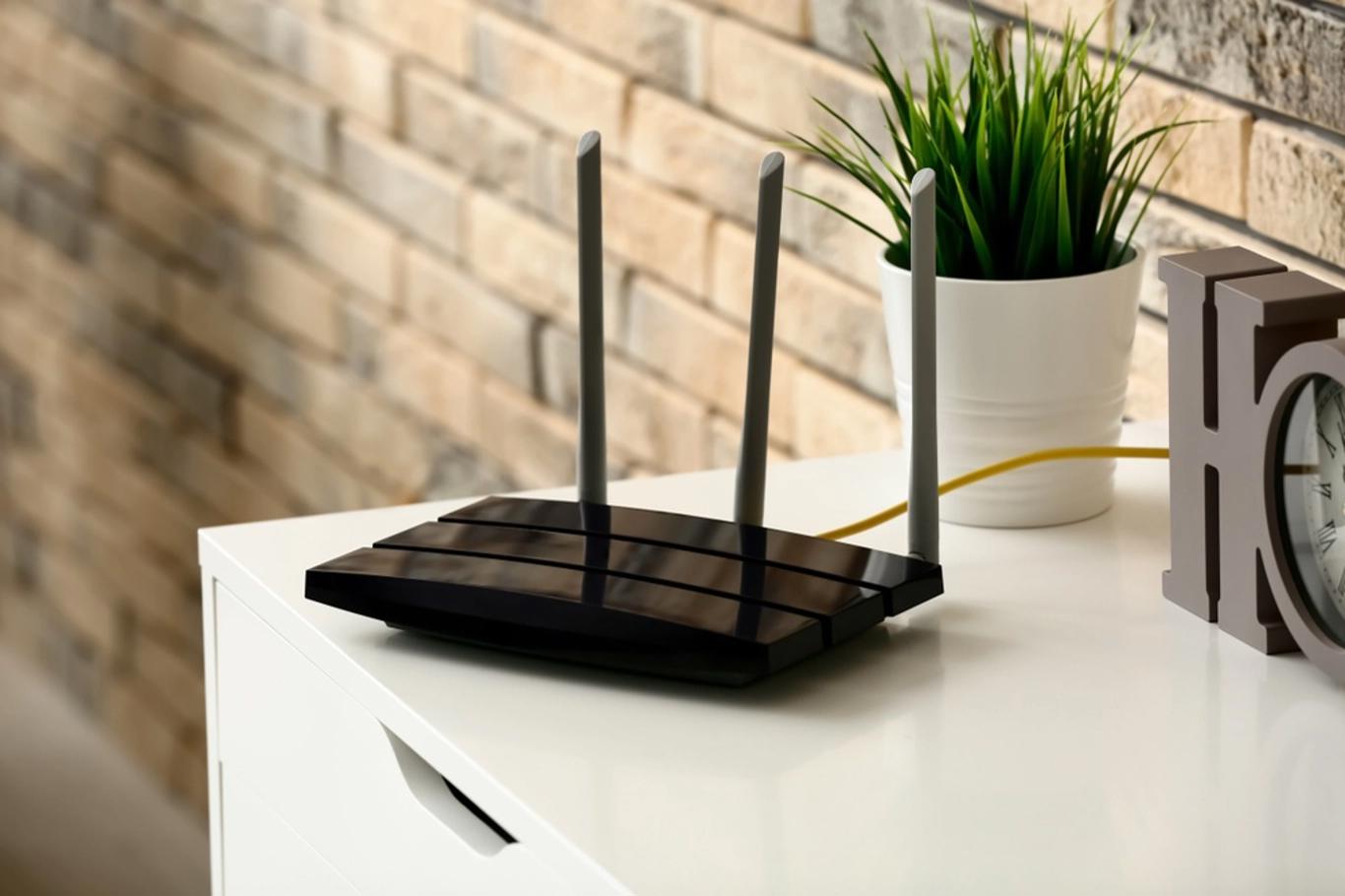


0 thoughts on “What Is The Wi-Fi Router”